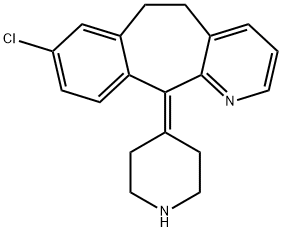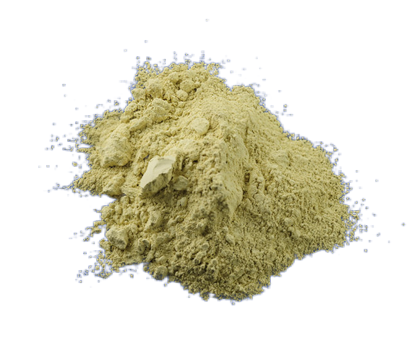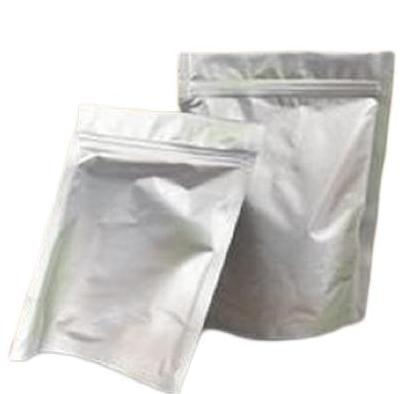Desloratadine:an anti-allergic and anti-inflammatory drug
Introduction of Desloratadine
Desloratadine is a biologically active metabolite of the second-generation antihistamine loratadine. Desloratadine is a highly selective peripheral H1 receptor antagonist and is significantly more potent than loratadine. The results of in vitro and in vivo studies indicate that desloratadine has an antiallergic effect independent of the ability to antagonise the effects of histamine. Desloratadine inhibits the expression of cell adhesion molecules, inhibits the production and release of inflammatory mediators and cytokines, and attenuates eosinophil chemotaxis, adhesion and superoxide production. Studies in animals have shown that desloratadine does not cross the blood-brain barrier and therefore does not cause sedation or impair cognitive or psychomotor performance. Desloratadine has a favourable overall safety profile.

Antiallergic activity in experimental animals
In a dose-dependent manner, diloretadine reduced the number of coughs following ovalbumin sensitisation and antigenic tapping in tapping guinea pigs. The minimum effective cough-suppressing dose was 0.3 mg/kg, three times that of loratadine.Handley and co-workers also reported that oral dicloretadine was 2-3 times more effective than loratadine in suppressing wind puffs and flares in guinea pigs. In naturally sensitised monkeys, dicloretadine significantly reduced acute bronchospasm produced by antigenic stimulation.
Anti-inflammatory effects of desloratadine
Desloratadine inhibits inflammatory mediators in several cellular systems. Desloratadine inhibits IgE and non-IgE (A23187)-mediated histamine release from human peripheral blood basophils in a dose-dependent manner. Desloratadine also reduced histamine, tryptase, PGD2 and LTC4 release in human Fcε RI+ cells. This inhibitory effect of desloratadine is not due to h1 receptor blockade, but is likely due to a reduction in intracellular free Ca2+ through an as yet unidentified mechanism. Desloratadine reduces Ca2+ flux into many types of inflammatory cells by moderately increasing intracellular Ca2+ release and reducing Ca2+ channel-dependent Ca2+ inward flow. Desloratadine also inhibited the release of pro-inflammatory cytokines IL-6 and IL-8 in human mast cells and basophilic cell lines.
References:
[1] AGRAWAL D. Pharmacology and clinical efficacy of desloratadine as an anti-allergic and anti-inflammatory drug[J]. Expert opinion on investigational drugs, 2001, 10 1: 547-560. DOI:10.1517/13543784.10.3.547.
);You may like
See also
Lastest Price from Desloratadine manufacturers
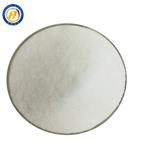
US $0.00-0.00/KG2024-04-30
- CAS:
- 100643-71-8
- Min. Order:
- 1KG
- Purity:
- 99%
- Supply Ability:
- 5000
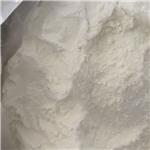
US $3.00-1.00/kg2024-04-12
- CAS:
- 100643-71-8
- Min. Order:
- 1kg
- Purity:
- 99.9%
- Supply Ability:
- 10 tons
